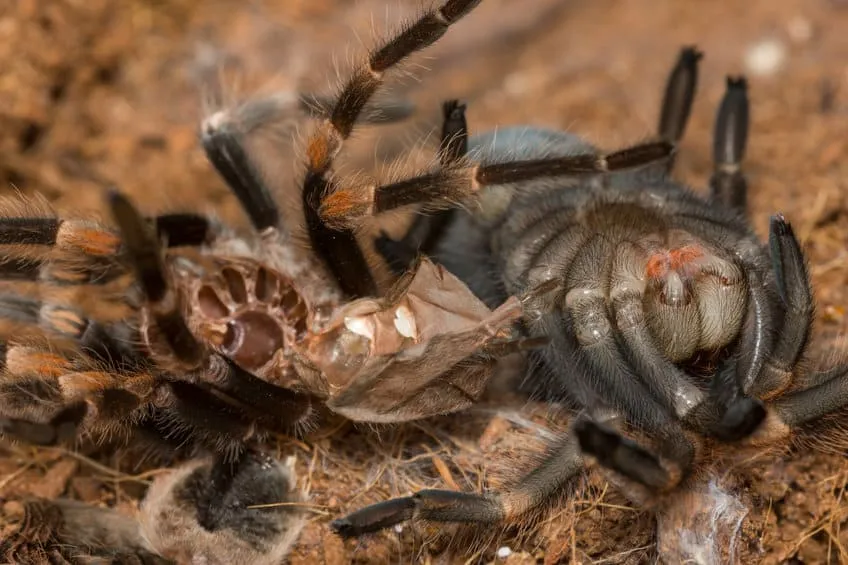What is Molting in Tarantulas
Molting is a crucial and fascinating process in the life of a tarantula, essentially their way of growing and shedding their exoskeleton. This exoskeleton, made of chitin, doesn’t grow with the tarantula. Therefore, as the tarantula matures, it outgrows its current shell. The process involves the tarantula creating a new, larger exoskeleton underneath the old one. Once ready, the tarantula will molt, shedding the old shell to reveal a new, softer, and larger version of itself. This is not just about size; it’s also a time of regeneration, where lost limbs can sometimes be regrown. It is a vulnerable time for the tarantula, as they are soft and defenseless until their new exoskeleton hardens. Understanding this process is essential for any tarantula owner, as it helps in providing the right care during this critical phase of the tarantula’s life.
Signs Your Tarantula is About to Molt
Recognizing the signs that your tarantula is preparing to molt is vital for its well-being. Several behavioral and physical changes indicate the upcoming event. One of the first signs is often a change in appetite; your tarantula might refuse food for days or even weeks leading up to the molt. They might also become less active, spending more time in their burrow or hiding spot. You may observe a darkening of the abdomen, as the new exoskeleton forms beneath the old one. Additionally, the tarantula might appear plump or swollen, as it prepares to split its old shell. If you see your tarantula acting lethargic, spending more time on the ground, and refusing food, it’s likely they are preparing to molt. It is important to observe these cues to avoid disturbing your tarantula during this vulnerable period.
Changes in Appearance and Behavior
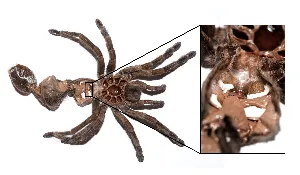
Before molting, a tarantula’s appearance and behavior undergo noticeable shifts. As mentioned, a darkened abdomen is a common sign. The tarantula’s overall color might appear duller, and you could observe a bald spot on the abdomen, where the urticating hairs might be shed in preparation for the molt. Behaviorally, the tarantula often becomes reclusive, spending more time in its burrow or hiding place. They might seal off the entrance to their burrow with webbing and substrate, creating a safe space for the molting process. They will move very slowly or lay on their back. It’s crucial to avoid any disturbances when you notice these changes; ensure that the environment is as undisturbed as possible to reduce stress on the tarantula.
Creating the Right Environment
Creating the perfect environment for your tarantula to molt is essential to ensure a successful and safe process. The right conditions can significantly reduce stress and complications during molting. The key elements to focus on are temperature, humidity, and the type of substrate. Providing a stable and appropriate environment can give your tarantula the best chance of a healthy molt. The setup should be designed to provide a safe and secure space where the tarantula can comfortably shed its exoskeleton without disturbance. Remember that a stressed tarantula is more likely to have a problematic molt.
Temperature and Humidity
Maintaining the correct temperature and humidity levels is very important for a tarantula about to molt. Most tarantulas thrive in temperatures between 75-85°F (24-29°C). Use a reliable thermometer to monitor the temperature inside the enclosure. Humidity levels should be maintained depending on the species; tropical species require higher humidity, usually around 70-80%, while desert species need lower humidity, around 50-60%. You can use a hygrometer to measure the humidity levels accurately. Proper humidity is crucial to help the tarantula shed its exoskeleton, and incorrect humidity levels can lead to a failed molt. Ensure that the enclosure has adequate ventilation to prevent mold growth and keep the environment healthy. Remember to mist the enclosure as needed to maintain the ideal humidity levels, but avoid over-saturating the substrate.
Substrate and Hiding Places
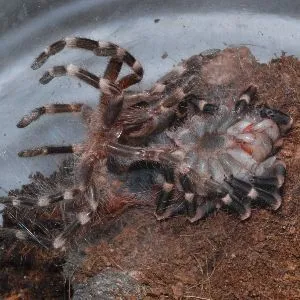
The type of substrate and the availability of hiding places are essential components of a tarantula’s molting environment. The substrate should be appropriate for the species, providing a comfortable and stable surface. For burrowing species, a deep layer of substrate (such as a mix of coco coir, peat moss, and vermiculite) is essential for creating burrows. Non-burrowing species also benefit from a substrate that allows them to grip and move comfortably. Make sure the substrate is clean and free from any potential hazards. Provide a secure hiding place, such as a cork bark hide or a similar structure. This will give the tarantula a sense of security and reduce stress before, during, and after the molt. Avoid any sharp objects or decorations in the enclosure that could injure the tarantula during the molting process.
What to Do During the Molting Process
During the molting process, it’s important to let nature take its course and to avoid any unnecessary interference. The process can take anywhere from a few minutes to several hours, depending on the size and species of the tarantula. The tarantula will typically lie on its back, and you might observe it wriggling to shed its old exoskeleton. Once the molt is complete, the tarantula will look much lighter in color and have a soft, vulnerable exterior. Refrain from touching or disturbing the tarantula during this time, as it’s extremely fragile. Provide a calm and quiet environment, away from any loud noises or vibrations. The goal is to reduce stress and allow the tarantula to complete the process without any complications.
Avoid Disturbing Your Tarantula
One of the most crucial aspects of caring for a molting tarantula is avoiding disturbances. Refrain from opening the enclosure or making any sudden movements near it. Avoid any activities that could potentially startle or stress the tarantula, such as loud noises, bright lights, or vibrations. Do not attempt to assist the tarantula in molting, as this could cause serious harm or injury. Provide the tarantula with a safe and secluded environment, allowing it to molt in peace. The less you interfere, the better the chance of a successful molt. If you notice any signs of a difficult molt, such as the tarantula being stuck or struggling for an extended period, consult a veterinarian or experienced tarantula keeper for advice.
Post-Molting Care for Tarantulas
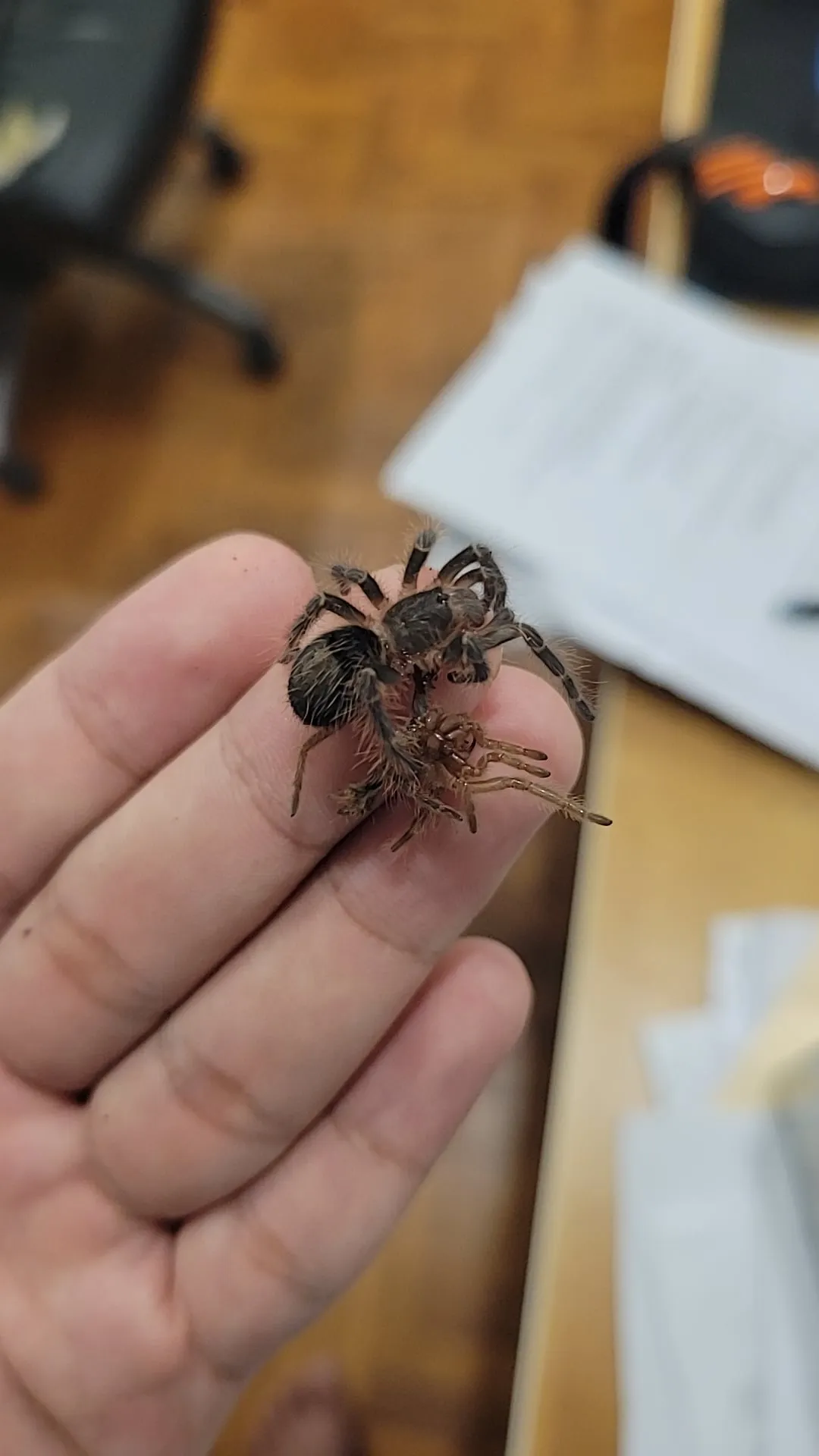
After molting, your tarantula requires specific care to recover and thrive. The new exoskeleton is soft and vulnerable, so it’s important to give the tarantula time to harden. The hardening process can take several days or even weeks, depending on the species and the environment. During this time, avoid handling the tarantula, as it could be easily injured. Maintain the appropriate temperature and humidity levels to aid the hardening process. It’s also crucial to provide the tarantula with proper nutrition and care to ensure its overall health. The proper care after a molt helps tarantulas grow and thrive.
Feeding after Molting
Once the tarantula’s exoskeleton has hardened, you can begin to feed it again. Wait a few days to a week after the molt to allow the fangs to fully harden, as these are essential for catching and subduing prey. Start with a small, easy-to-handle prey item, such as a small cricket or mealworm. Observe how the tarantula handles the prey to make sure it is eating properly. Gradually increase the size and frequency of feedings as the tarantula’s appetite returns. Be careful not to overfeed, especially young tarantulas, as overfeeding can lead to health problems. Remove any uneaten prey within 24 hours to prevent stress on the tarantula. Adjust the feeding schedule based on the tarantula’s age, species, and overall health.
How Often Do Tarantulas Molt
The frequency with which tarantulas molt varies considerably based on several factors, including age, species, and environmental conditions. Young tarantulas, being in their growth phase, molt more frequently than adults. As tarantulas mature, the frequency of molting decreases. It’s important to understand the typical molting frequency to provide the correct care and anticipate the needs of your pet. This will help you provide the right support and reduce the stress on your tarantula during this essential process.
Factors Influencing Molting Frequency
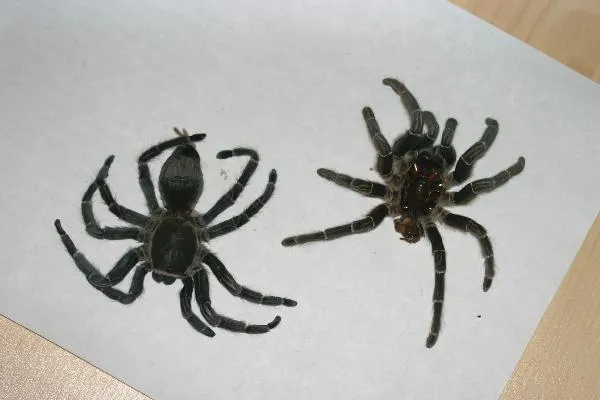
Several factors influence how often a tarantula molts. The age of the tarantula is the most significant factor. Young tarantulas, especially spiderlings and juveniles, molt much more frequently than adults. This is because they are growing rapidly. As they get older, the molting frequency decreases. The species of the tarantula also influences the molting schedule, with some species molting more or less frequently than others. Environmental conditions, such as temperature, humidity, and food availability, also play a role. Optimal conditions can support more regular molting. Providing the right conditions will increase the chances of your tarantula molting successfully.
Age of the Tarantula
The age of a tarantula is a crucial factor in determining how often it molts. Spiderlings and juvenile tarantulas typically molt every few weeks or months, depending on the species and their growth rate. During this period, molting is a regular occurrence, as they rapidly increase in size. As they mature, the molting frequency decreases. Adult tarantulas may only molt once a year or even less frequently. This is because their growth slows down significantly once they reach adulthood. Understanding the typical molting frequency at different life stages can help you provide appropriate care and anticipate the needs of your tarantula.
Species of Tarantula
Different species of tarantulas have varying molting patterns. Some species are known to molt more frequently than others, and this can influence how you care for your pet. The molting frequency can depend on the tarantula’s size, growth rate, and general life cycle. Research the specific needs of your tarantula species. Consider the environmental requirements and optimal conditions for molting. Knowing the typical molting frequency for your tarantula’s species will help you create the correct environment and understand the typical molt cycle. The species will determine much of the care requirements that you provide.
Environmental Conditions
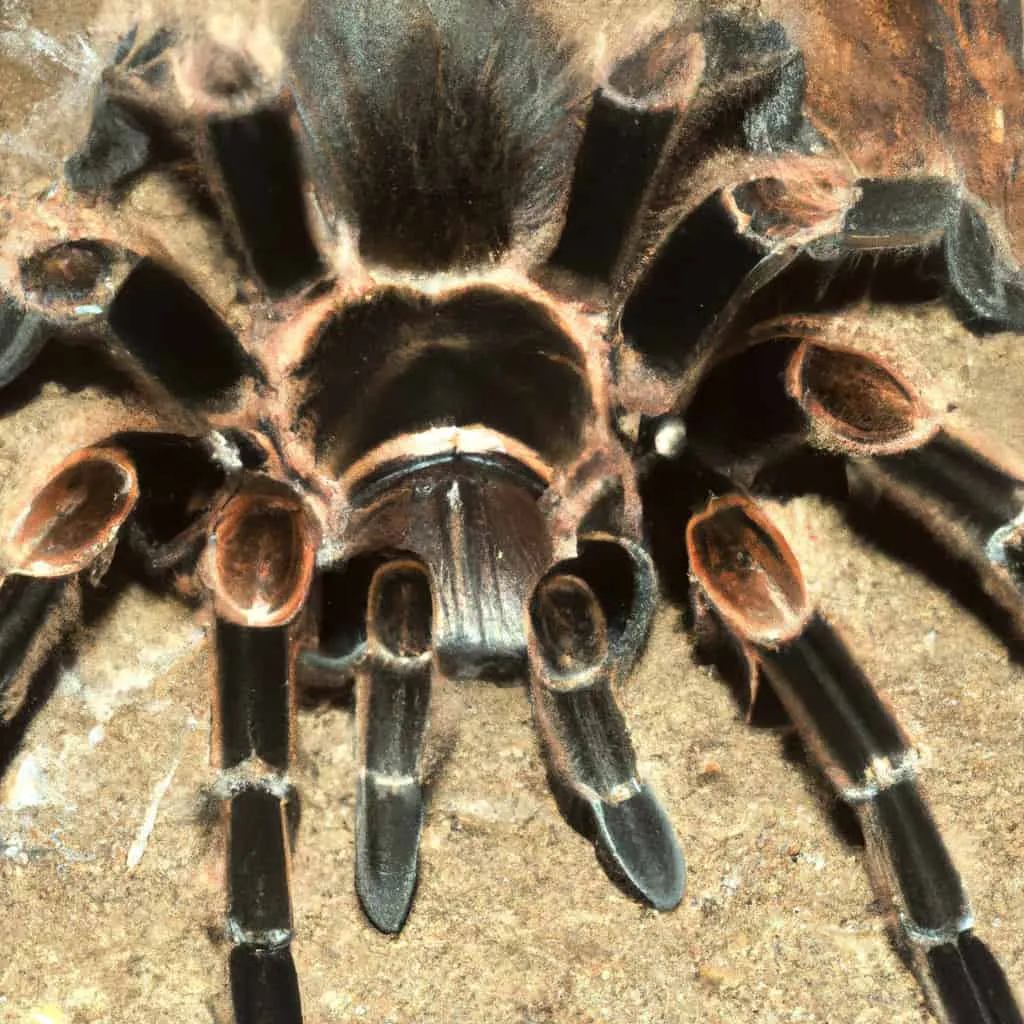
Environmental conditions play a significant role in how often a tarantula molts. Optimal conditions, including appropriate temperature, humidity, and food availability, can support more frequent molting. Stable environmental conditions are essential for the tarantula’s overall health and growth. Maintaining a consistent temperature and humidity level within the enclosure is important. Providing the tarantula with a nutritious and consistent food supply ensures it has the resources needed to molt successfully. A healthy environment can reduce stress and increase the chance of a successful molt. Making sure your tarantula has optimal conditions will encourage regular molting.
In conclusion, understanding the molting process is crucial for all tarantula owners. By recognizing the signs of an upcoming molt, creating the right environment, and providing proper post-molting care, you can ensure your tarantula’s health and well-being. Molting is a natural and necessary part of a tarantula’s life cycle. Remember, the molting frequency depends on various factors. By providing the right care, you can witness this amazing transformation and enjoy the unique experience of owning a tarantula.
